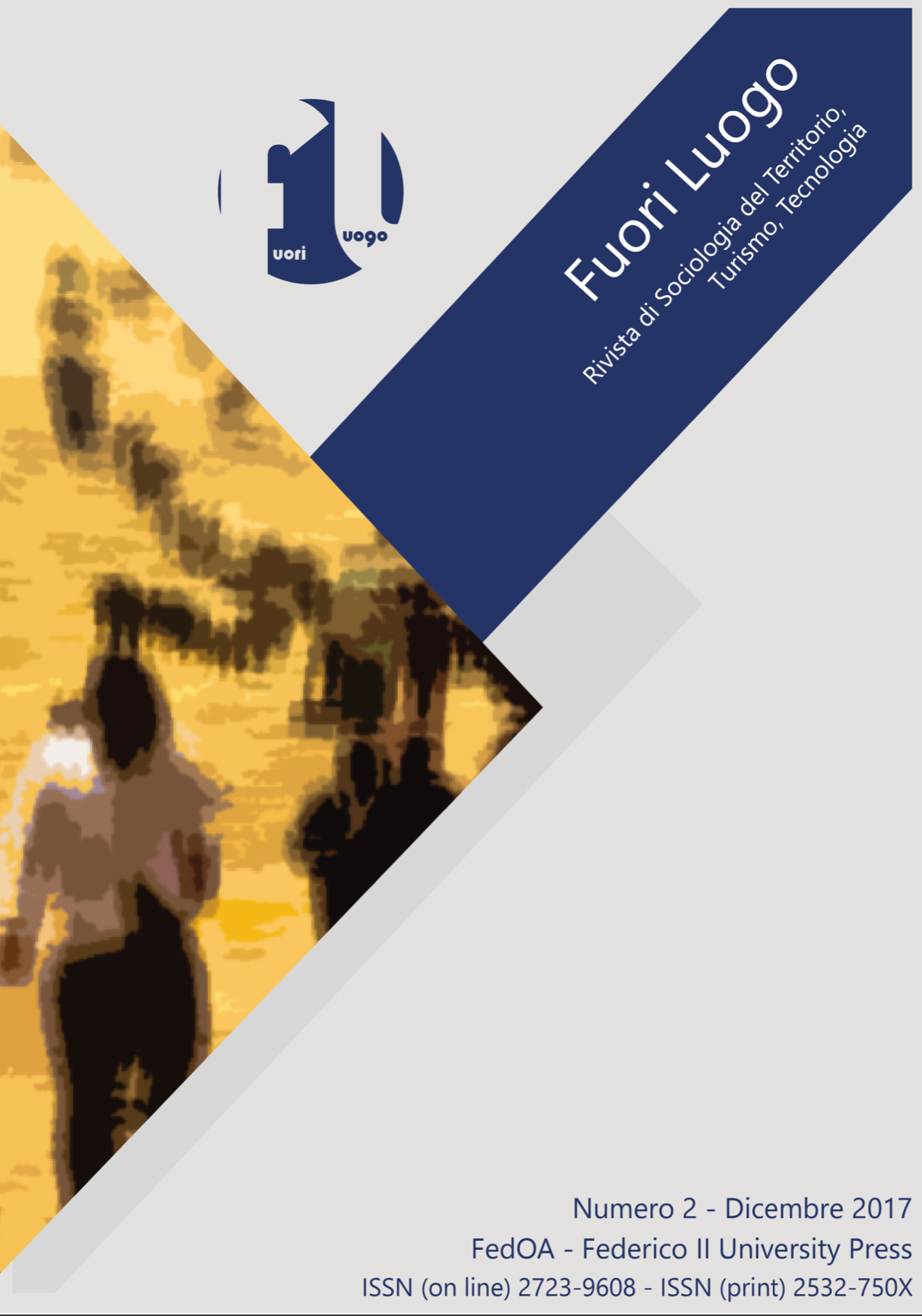Il modello toscano dell’ “accoglienza diffusa” dei richiedenti asilo. Quattro diverse esperienze nel territorio senese
Keywords:
migration process; refugees and asylum seekers; widespread hosting model; Tuscany; visual sociology, migration process, refugees and asylum seekers, widespread hosting model, Tuscany, Visual sociology
Abstract
In the last years the micro-level and decentralisedaccoglienza diffusais the predo-minant approach to the ‘management’ of the asylum seekers and refugees adopted inthe Tuscany region (Italy). Using the approach of visual sociology, the paper showsthe main results of this “model” in four different sub-areas of province of Siena,investigates the difference between the local changing scenarios strictly linking dayby day strategies to structural factors.
Downloads
Download data is not yet available.
Published
2020-08-15
How to Cite
BertiF., NasiL., & ValzaniaA. (2020). Il modello toscano dell’ “accoglienza diffusa” dei richiedenti asilo. Quattro diverse esperienze nel territorio senese. Fuori Luogo Journal of Sociology of Territory, Tourism, Technology, 2(2), 13 - 20. https://doi.org/10.6092/2723-9608/6890
Section
Articles
Copyright (c) 2020 Fuori Luogo. Journal of Sociology of territory, tourism, technology

This work is licensed under a Creative Commons Attribution 4.0 International License.




